Top software development company in pune, india: clientele

We are proud and thankful to our Clients for their Belief in us. Some of our Satisfied Prestigious Clients who opted for our services (including Best Responsive Website Designing, Online or Web based Software Solutions and portals, Direct Selling Software as per the norms of Department of Consumer Affairs Government of India, most reliable Multilevel / MLM / Chain Marketing Software, Mobile Application Development including Android and IOS, Web Services like Domain Name Registration, Web Server Hosting and management, best Digital Marketing services like Search Engine Optimization, Social Media Marketing, Email Marketing, Bulk SMS Marketing, Content writing / marketing, PPC or Pay Per Click Marketing, Internet Marketing, Financial Management Solutions especially designed for Chartered Accountants and their clients, Unique online Software for Builders / Real Estate / Construction companies. etc.) are:





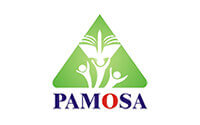












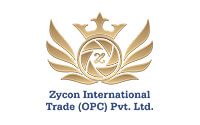



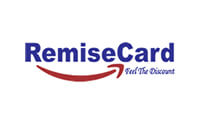


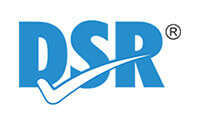









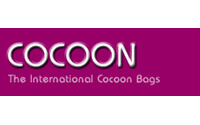








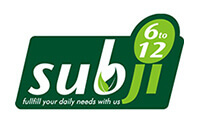


























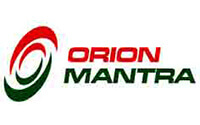




































Early societies relied on a gift economy based on favors. Later, as commerce developed, less permanent human relations were formed, depending more on transitory needs rather than enduring social desires. Although such distinctions have no contemporary semantic weight, certain (short term) sectors prefer client while more stable, repeat business operations tend to prefer customer. The term client is derived from Latin word “clientem” or “clinare” meaning "to incline” or “to bend" and is related to the emotive idea of closure.
All businesses begin with no customers. These start-ups begin with an abstract idea that slowly evolves into something someone will buy. As these products evolve from abstract ideas into primitive objects that are then further refined, the business that created the product begins to gain customers. The satisfied customers become the repeat buyers and core customer of the company. This is the process that creates the customer base. Most often, successful start-ups begin with low-end customers with low income and low costs. As the products or services that are being bought are polished and remade, a company gains higher-end customers who gain interest in the product as it reaches higher levels of functionality, use, or value. As the shift to these higher priority customers continue, they begin to be a larger source of income for the company, and slowly become the main base that the business lends the most importance.
As companies grow their customer base, and gain experience satisfying them, their customers grow accustomed to that business accomplishing a certain task for them. The company or product’s brand name may even correlate with the task the customer uses it for. Xerox, Kleenex, and Band-Aid are some extreme cases of brand-names being used as the generic name of the product itself. In fact, as long as customers are continually satisfied with their purchases, the act of going to that company’s brand to accomplish a specific task becomes habitual.
Customer satisfaction is a term frequently used in marketing. It is a measure of how products and services supplied by a company meet or surpass customer expectation. Customer satisfaction is defined as "the number of customers or percentage of total customers, whose reported experience with a firm, its products, or its services (ratings) exceeds specified satisfaction goals."
The Marketing Accountability Standards Board endorses the definitions, purposes, and constructs of classes of measures that appear in Marketing Metrics as part of its ongoing Common Language in Marketing Project. In a survey of nearly 200 senior marketing managers, 71 percent responded that they found a customer satisfaction metric very useful in managing and monitoring their businesses.
It is seen as a key performance indicator within business and is often part of a Balanced Scorecard. In a competitive marketplace where businesses compete for customers, customer satisfaction is seen as a key differentiator and increasingly has become a key element of business strategy.
Customer satisfaction data are among the most frequently collected indicators of market perceptions. Within organizations, the collection, analysis and dissemination of these data send a message about the importance of tending to customers and ensuring that they have a positive experience with the company's goods and services. Although sales or market share can indicate how well a firm is performing currently, satisfaction is perhaps the best indicator of how likely it is that the firm’s customers will make further purchases in the future. Much research has focused on the relationship between customer satisfaction and retention. Studies indicate that the ramifications of satisfaction are most strongly realized at the extremes.
















